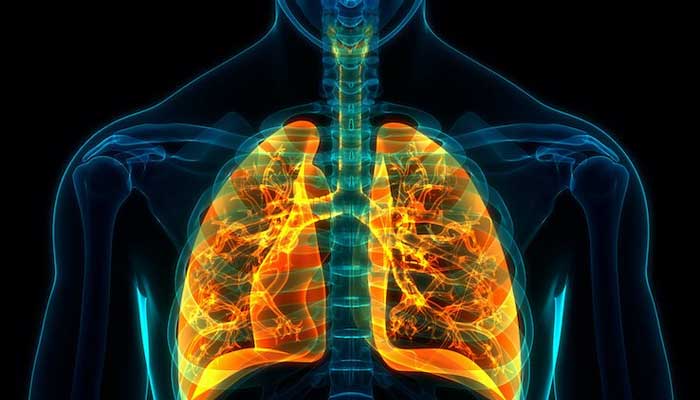
Wildfires smoke could be more dangerous than normal as it contains toxic particles that can cause harm to your respiratory system.
L.A fires, which ignited on January 7, have claimed at least 24 lives with the destruction of more than 100,000 structures, reported by The Guardian.
While the focus remains on the flames and the containment of fire, smoke becomes the next big issue raising concern among health experts.
Soot, also known as PM2.5 is the most dangerous part of wildfire smoke, which if inhaled, can be embedded in the bloodstream and lungs.
As per Don McKenzie, an assistant professor at the University of Washington’s School of Environmental and Forest Sciences, "Wildfire smoke is super toxic to the lungs, more so than 'regular' smoke, because of the concentrations of fine particulates."
McKenzie in his statement further explained that people who suffer previous lung problems will be more at risk.
"Damage from smoke exposure of any type is cumulative, but especially with the high concentrations of the fine particulates, because they can lodge themselves in small spaces within the lungs," he noted.
Nearly 100,000 lose their lives to air pollution each year in US, with huge number of deaths caused by the inhalation of smoke from burning of wood, fossil fuels and wildfires.
For certain groups including children, pregnant women, people with pre-diagnosed conditions like asthma or bronchitis, wildfire smoke can be dangerous on deadly level.
Earlier in 2023, New York City saw a surge in patients related to asthma attacks when the city witnessed smoke from Canadian wildfires.












